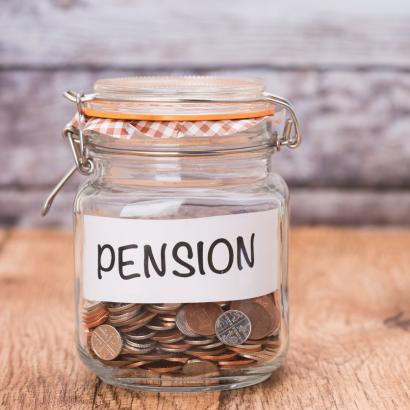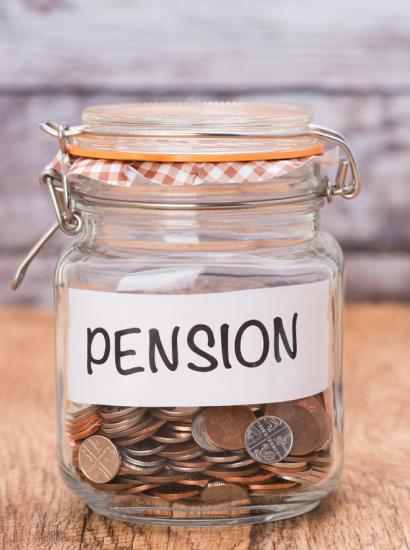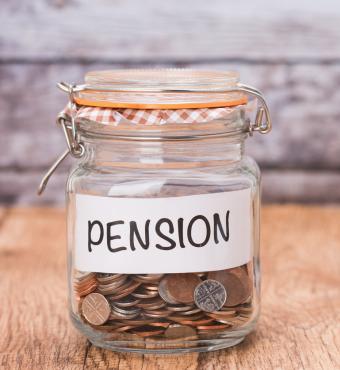Hoover Institution (Stanford, CA) – After getting walloped in the years after the Great Recession, US state and local employee public pension funds are slowly climbing their way back to healthy funding levels.
But the situation varies widely across states, and with rising unfunded liabilities in some places and growing pools of retirees to support, some systems can be best described as fragile.
As more and more money must be diverted to these plans from general operating revenues to keep them afloat, there is a risk that they “crowd out” other funding priorities, such as the operation of a school district or core public works.
That’s why the Hoover Institution’s Center for Revitalizing American Institutions presented a conference on March 14–15, 2024, led by Visiting Fellow Sarah F. Anzia, about various issues surrounding public pensions, looking at how cities and states can begin to right the ship toward fiscal sustainability.
Pension Balance Sheets Improving but Still Fragile
Analysts at the conference presented data on the health of more than two hundred major municipal and state pension funds throughout the United States.
Overall, the pension funds surveyed in 2023 were considered 78 percent “funded,” meaning their assets amounted to 78 percent of their liabilities. This is an improvement from 2009, when the funds surveyed were only 63 percent funded, but still much worse than the overall picture in the early 2000s. Worse still, the unfunded liability of the state and local pension funds surveyed grew between 2009 and 2023, from $1.35 trillion to $1.44 trillion.
The average employer contribution to each plan also rose during this period, from 9 percent of gross payroll in 2001 to 31 percent in 2023.
There are also outlier examples that display even more troubling figures. One school district in New York has an unfunded pension and employment benefits liability of 350 percent of annual revenue.
During the conference, one analyst said that despite attempts by many jurisdictions to control costs, increase contributions, and raise returns, many pension funds are just “treading water” in this current environment. And if many plans’ funds are just holding steady at a time when employer contributions are rising and investment returns are at near record highs, how can they have any hope for sustainability when investment conditions worsen?
Where Is It Working?
In Wisconsin, all state and local employers (minus the city of Milwaukee), some 1,600 in all, belong to one unified pension system, called the Wisconsin Retirement System.
In this system, contributions are split evenly between employee and employer, unlike many other public employee systems in the United States, where the costs are borne more heavily by the employer.
In the 2023 fiscal year, employees and employers in Wisconsin each put 6.5 percent of each worker’s gross wages into the plan. Contribution formulas cannot be easily altered by law and are based on actuarial calculations.
Someone present described the Wisconsin system as one “where the levers move themselves,” apart from many forms of political interference.
Another factor that makes the Wisconsin system different than others across the country is that it blends characteristics of defined-benefit and defined-contribution systems.
In a defined-benefit pension, contributors are guaranteed a minimum monthly payout based on their years of service, a multiplier formula, and their final average salary, regardless of whether the plan itself can sustain the payout. This means employers, in this case states and local authorities, are responsible for covering the gap in the event of a shortfall.
In a defined-contribution pension, contributors are only entitled to the value of employee and employer contributions during their time of service, plus any returns earned.
In Wisconsin’s blended system, during years where investment returns of the plan have fallen well below target, payments to retirees have been cut. In the years following the Great Recession, between 2009 and 2013, recipients saw reductions of between 2 and 9 percent. But there was a mandated “floor” of monthly income where the plan could not reduce payments to anything less than roughly $1,900 per month.
Later, in 2021, when inflation was hitting low-income workers and retirees particularly hard, the plan was able to boost payments to recipients by more than 7 percent, due to healthy investment returns in that period.
Ultimately, the Wisconsin system lowers the total cost to the employer per year to approximately 11 percent of payroll, while the average cost to state and municipal employers elsewhere in the United States is about 26 percent of payroll.
So, why aren’t more states doing this?
Wisconsin’s ability to reform its pension system was due in large part to a favorable political environment and collective openness to change when reforms were first implemented in 1982.
Public Employees Open to Change
Hoover fellows Joshua D. Rauh and Oliver Giesecke have found that a large majority of public-sector workers would be open to accepting changes that would ensure sustainability in the pension system.
In a survey they crafted, more than 7,600 public-sector workers across 16 states were asked about which terms would make them open to moving from a defined-benefit pension to a defined-contribution plan.
More than 89 percent of respondents said they were open to such a move, citing a median employer contribution rate of 10 percent of gross earnings as a motivating criterion.
Further, 78 percent of respondents said they would be comfortable with a combined employee/employer contribution rate that is less than the average combined contribution rate across plans today.
These survey results suggest there is a significant opportunity for states and cities to restore pension sustainability and get costs under control with moves to defined-contribution plans.























